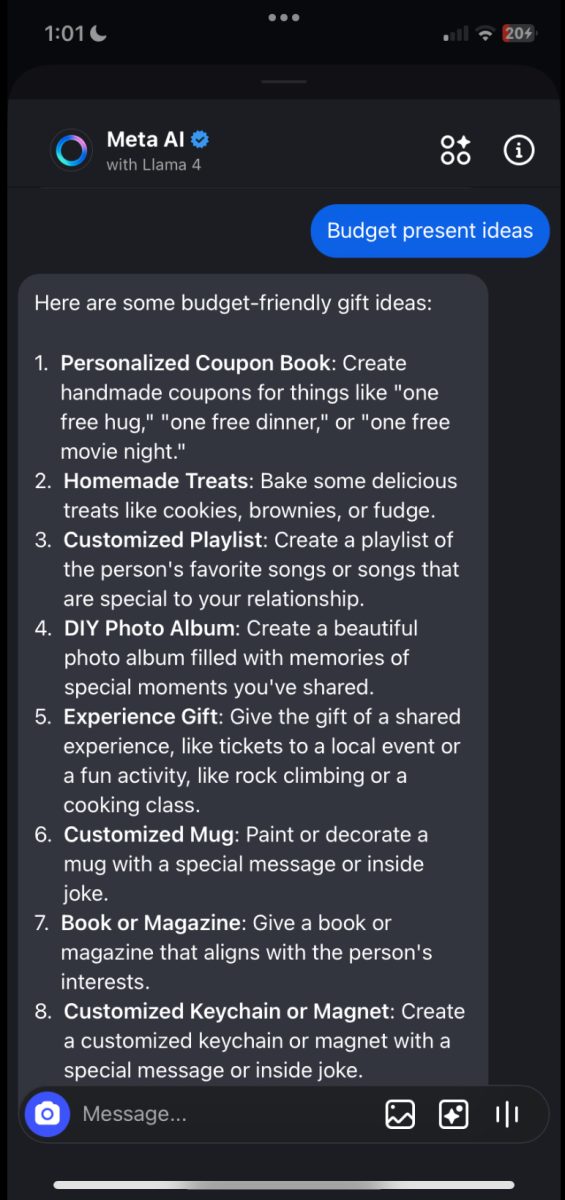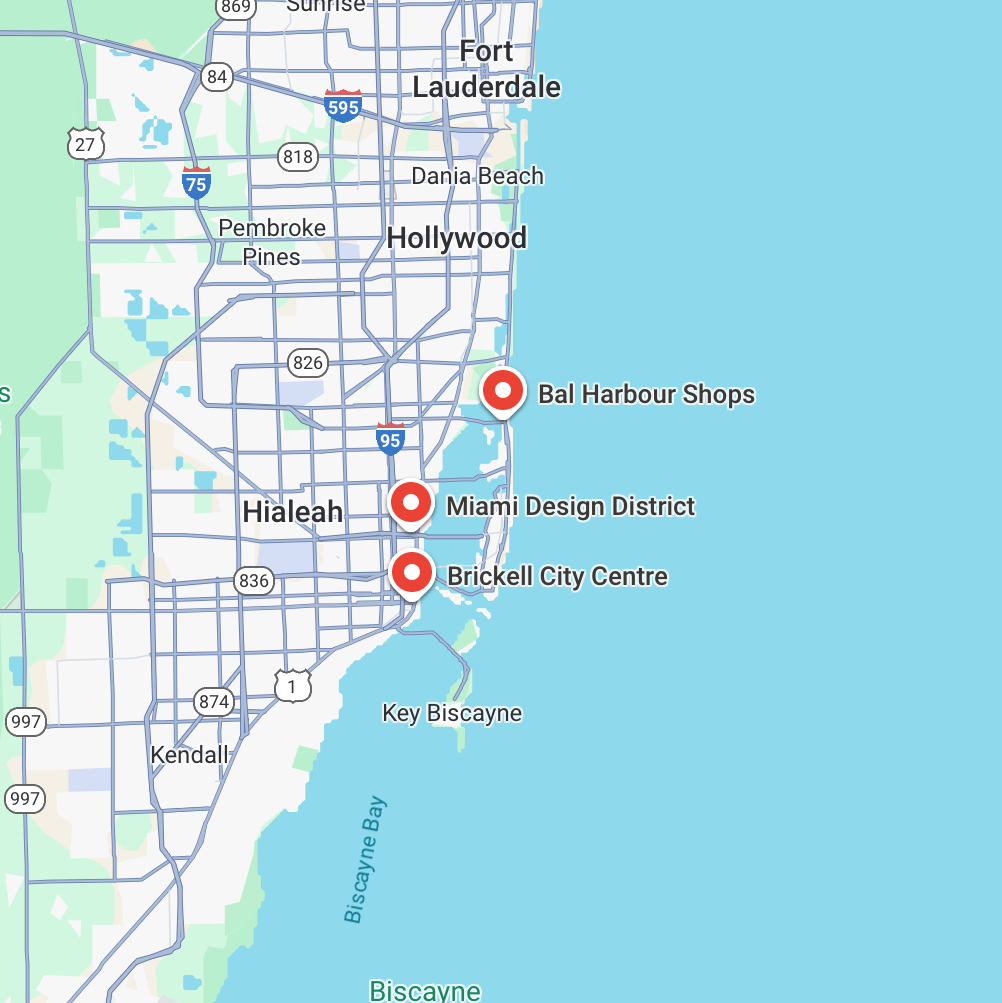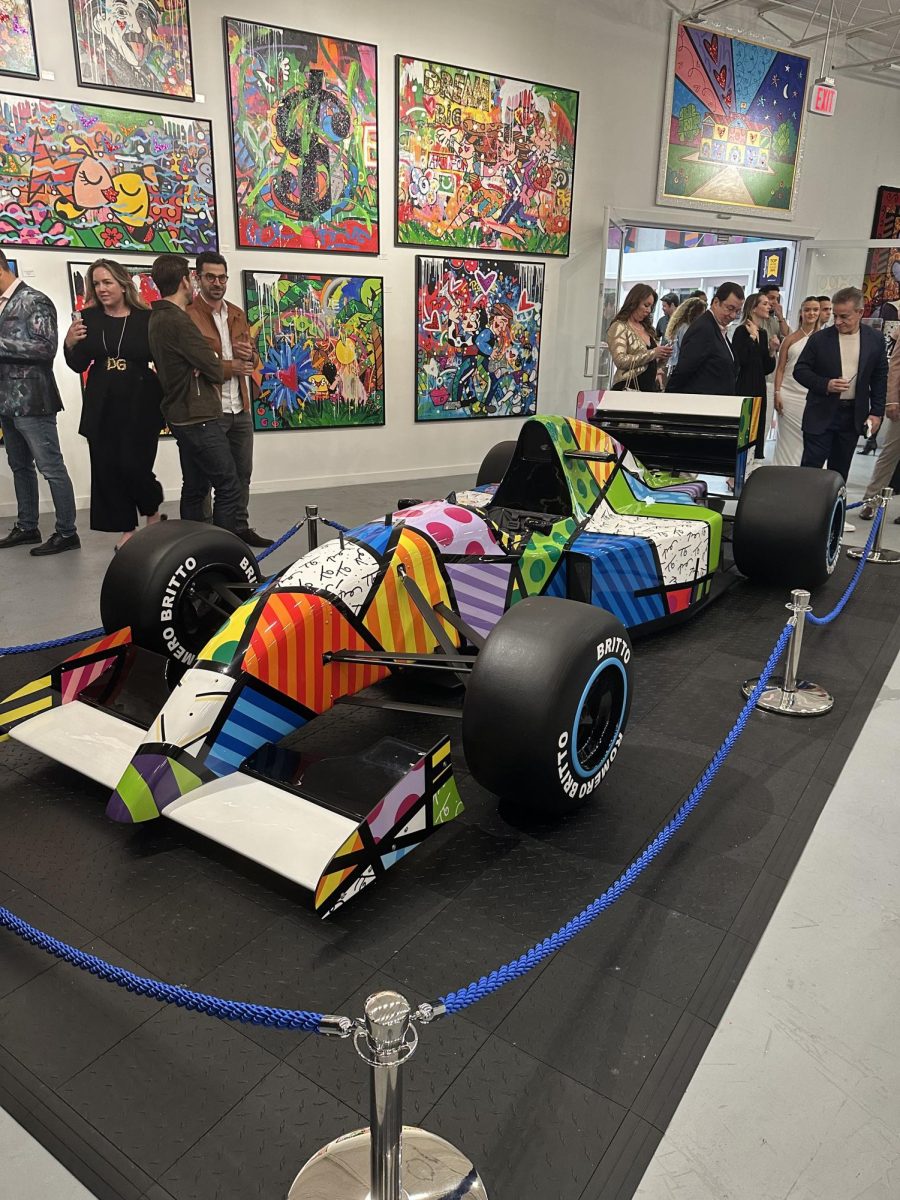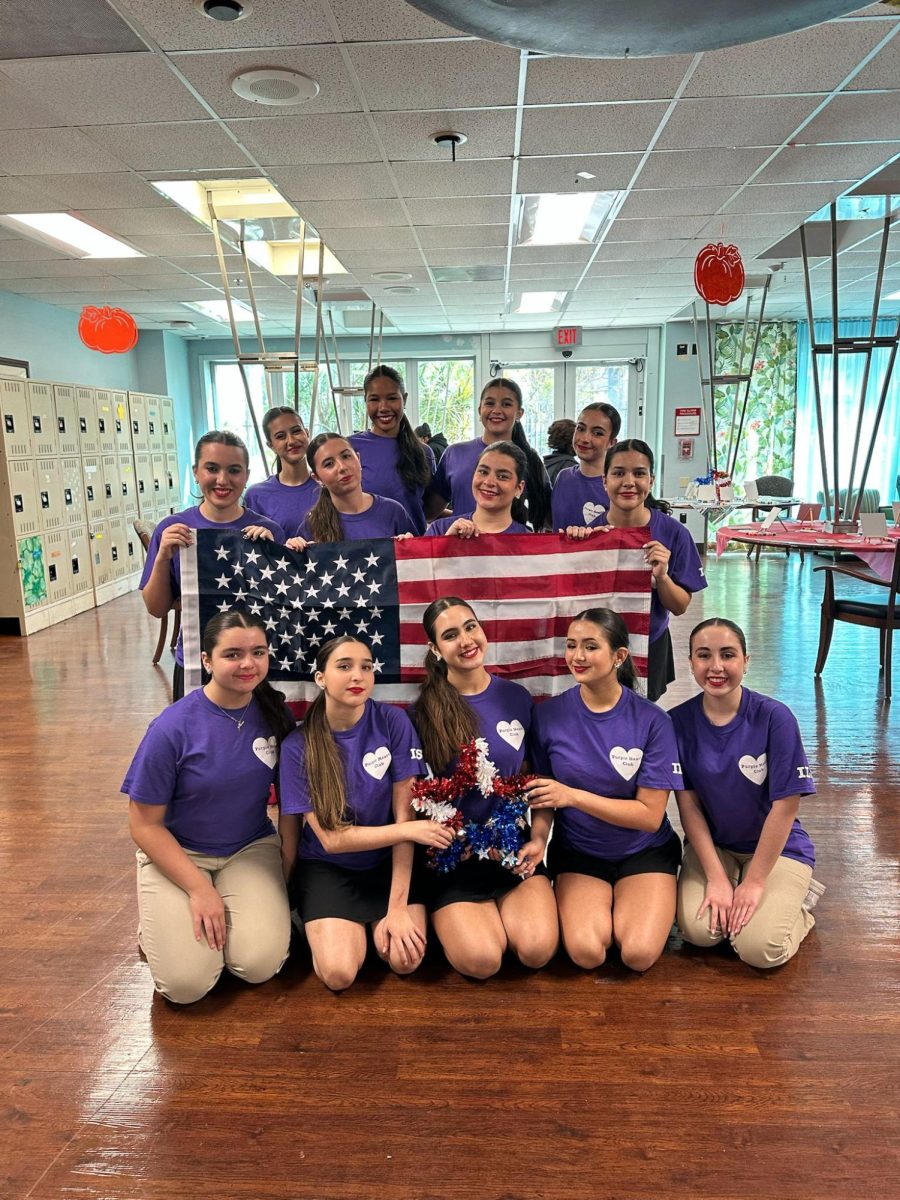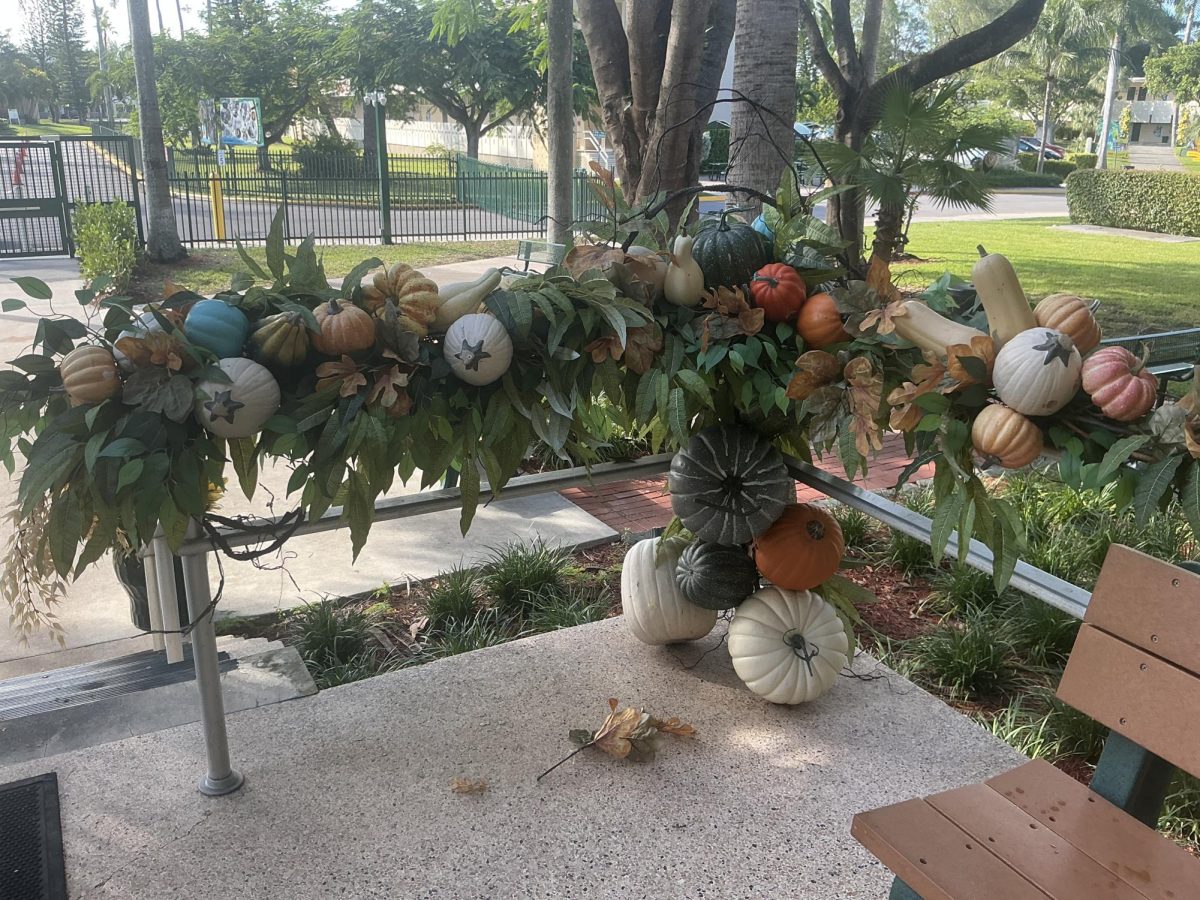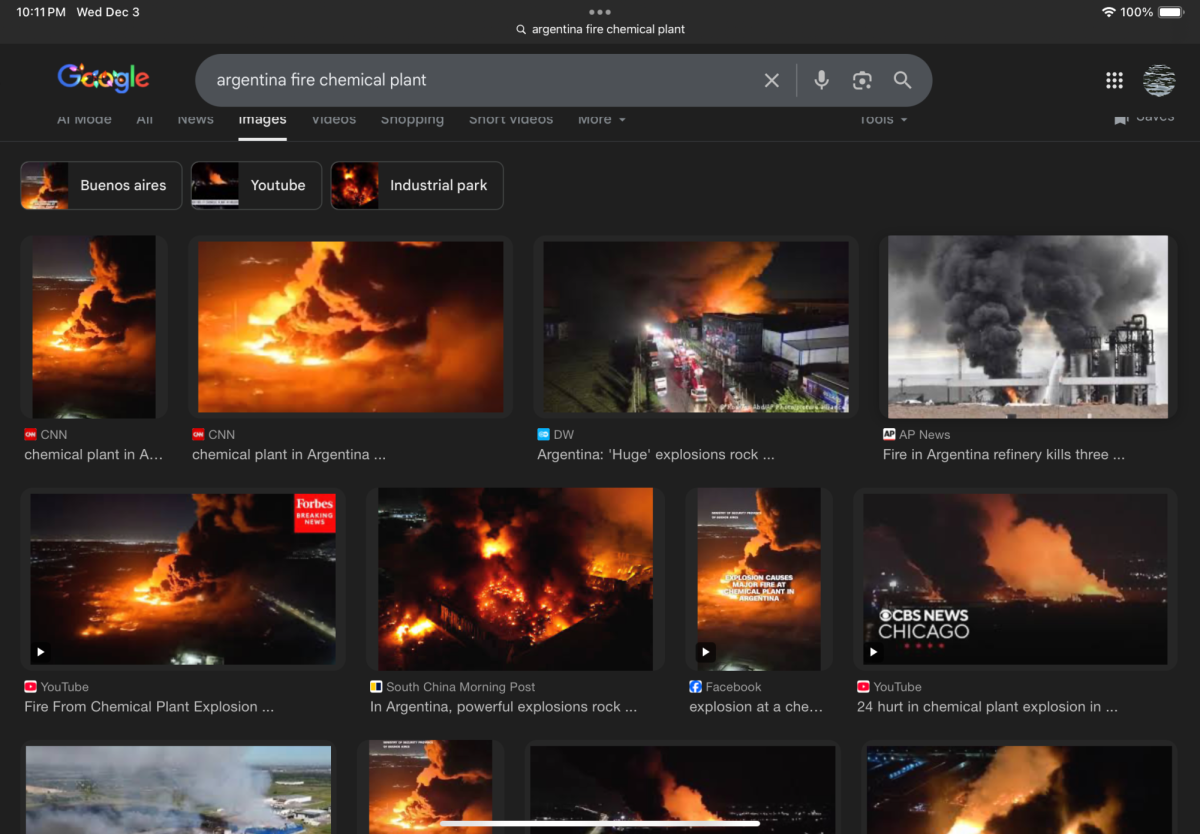Artificial Intelligence (AI) has played a significant role into today’s popular social media platforms such as Instagram, TikTok, Snapchat, influencing how the platforms function, the ways users interact with content, and business implementation/use of these popular platforms to advertise their company.
More specific examples of these aspects of social media involve advertisement management, personalized algorithm, and text and visual content generation. For certain, there are more examples to name but these are the main ones.
Advertisement Management
AI can help analyze large datasets to identify trends and user preferences, allowing advertisers to target ads more effectively. This makes ads more relevant to users, boosting engagement.
Social media platforms use AI for image and video analysis to recognize and tag people, understand content context, and detect inappropriate material. Analyzing social media data also helps predict trends and user behavior, aiding businesses in understanding the market and shaping strategies
“AI has been used more often to advertise a business I find kind of odd,” noticed sophomore Valentina Bustos.
Personalized Algorithm
AI algorithms carefully analyze the information gathered from users’ actions and behaviors on a platform. By examining things like what users click on, watch, or search for, AI can uncover patterns and preferences.
These insights help platforms understand what kind of content each user is most interested in. As a result, the platform can suggest or highlight content that is more likely to grab the user’s attention, leading to higher satisfaction and increased engagement over time.
“It has influenced Snapchat a lot because everyone basically has their own ChatGPT in the app,” said sophomore Teresa Kurishingal.
Text and Visual Generation
AI tools for making visual content are becoming more popular and widely used. Text-to-image models like DALL-E, Midjourney, and Stable Diffusion use machine learning to turn written descriptions into images or to create new versions of existing ones. These tools are changing the way people create pictures and artwork.
While many artists and designers see these tools as helpful for speeding up digital art creation, others view them more critically, raising concerns about AI’s role in art and the potential for style appropriation


